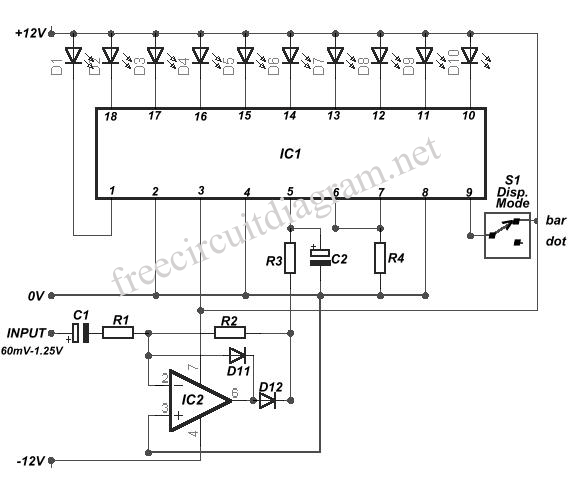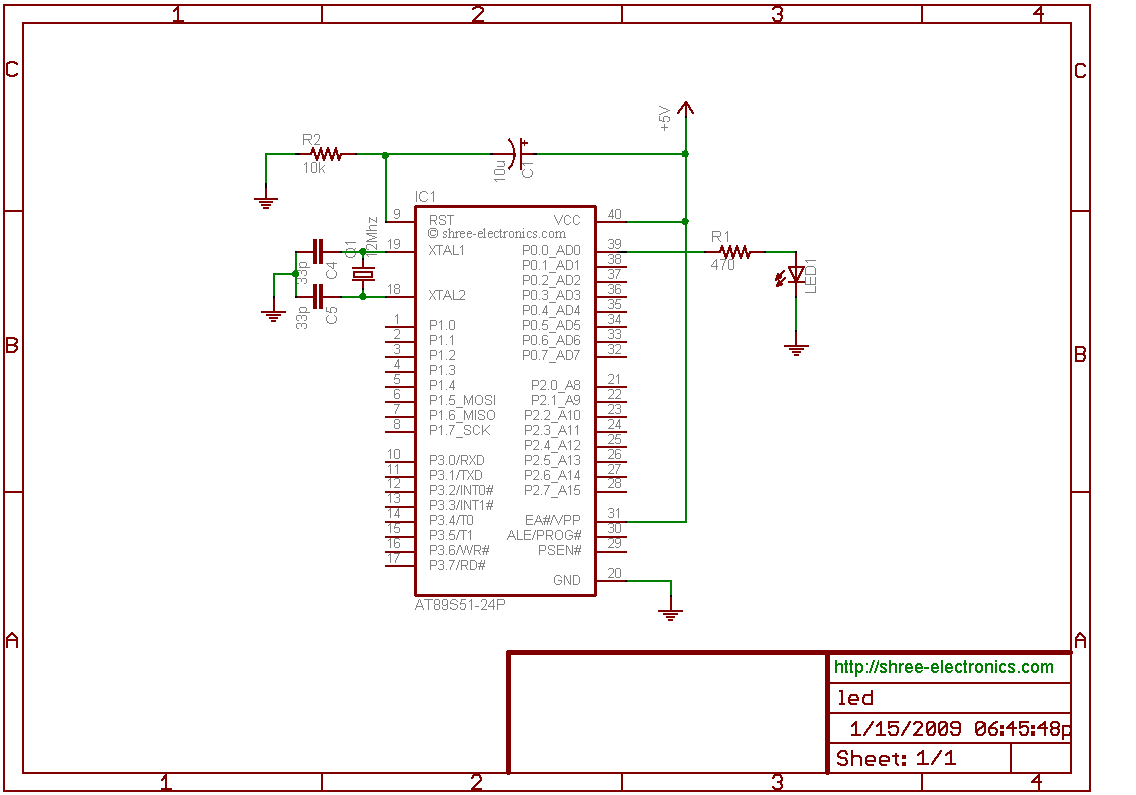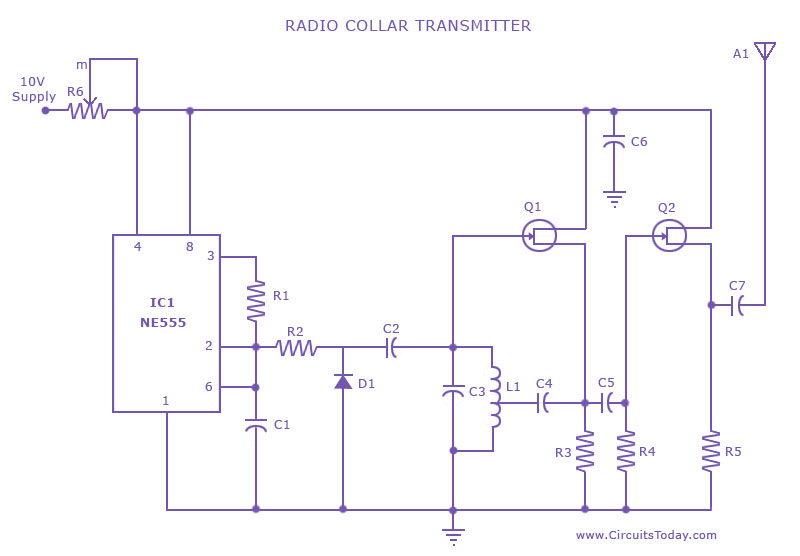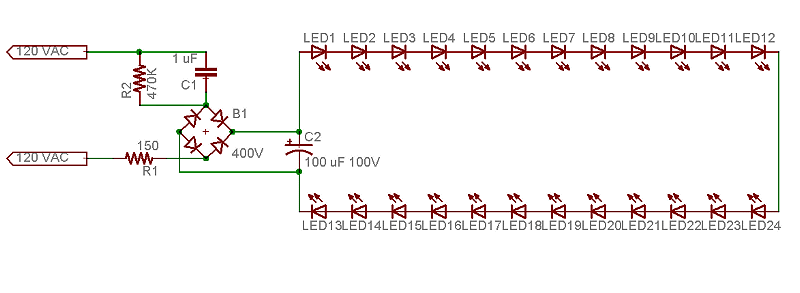
10 led VU Meter using LM3915

The circuit diagram illustrates a straightforward circuit design featuring 10 LEDs. It employs a series of half-wave rectification using the precision IC2 TL071, along with a single LM3915 IC that regulates the LEDs, functioning as a VU meter indicator. The LM3915 is capable of controlling 10 LEDs.
The circuit operates by taking an audio signal input, which is then processed through the TL071 operational amplifier configured for half-wave rectification. This configuration allows the circuit to convert the audio waveform into a unidirectional signal suitable for further processing. The output from the TL071 feeds into the LM3915, which is designed to drive a bar graph or LED display.
The LM3915 is a versatile LED driver that can be configured to operate in either bar mode or dot mode, depending on the application requirements. In this circuit, it is set to bar mode, allowing all 10 LEDs to light up in a linear fashion according to the amplitude of the incoming audio signal. The brightness of each LED corresponds to the level of the input signal, providing a visual representation of audio levels, which is particularly useful in audio equipment for monitoring purposes.
The circuit requires a power supply to operate both the TL071 and the LM3915. Typically, a dual power supply (positive and negative) is used for the TL071, while the LM3915 can operate from a single supply voltage. Proper decoupling capacitors should be placed near the power pins of both ICs to ensure stable operation and minimize noise.
Overall, this simple yet effective circuit serves as a basic VU meter, providing an intuitive visual feedback mechanism for audio signals. It is suitable for applications in audio mixing consoles, sound level meters, and other audio-related devices where monitoring signal levels is essential.Circuit diagram is a very simple circuit-level indication, with 10 Led. Used a series of half-wave rectification of precision around IC2 TL071, with a single. LM3915 IC is used to control the led, as an indicator VU Meter. LM3915 can be controlled 10 led 🔗 External reference
The circuit operates by taking an audio signal input, which is then processed through the TL071 operational amplifier configured for half-wave rectification. This configuration allows the circuit to convert the audio waveform into a unidirectional signal suitable for further processing. The output from the TL071 feeds into the LM3915, which is designed to drive a bar graph or LED display.
The LM3915 is a versatile LED driver that can be configured to operate in either bar mode or dot mode, depending on the application requirements. In this circuit, it is set to bar mode, allowing all 10 LEDs to light up in a linear fashion according to the amplitude of the incoming audio signal. The brightness of each LED corresponds to the level of the input signal, providing a visual representation of audio levels, which is particularly useful in audio equipment for monitoring purposes.
The circuit requires a power supply to operate both the TL071 and the LM3915. Typically, a dual power supply (positive and negative) is used for the TL071, while the LM3915 can operate from a single supply voltage. Proper decoupling capacitors should be placed near the power pins of both ICs to ensure stable operation and minimize noise.
Overall, this simple yet effective circuit serves as a basic VU meter, providing an intuitive visual feedback mechanism for audio signals. It is suitable for applications in audio mixing consoles, sound level meters, and other audio-related devices where monitoring signal levels is essential.Circuit diagram is a very simple circuit-level indication, with 10 Led. Used a series of half-wave rectification of precision around IC2 TL071, with a single. LM3915 IC is used to control the led, as an indicator VU Meter. LM3915 can be controlled 10 led 🔗 External reference





